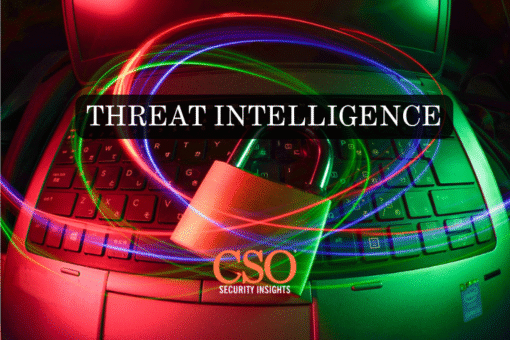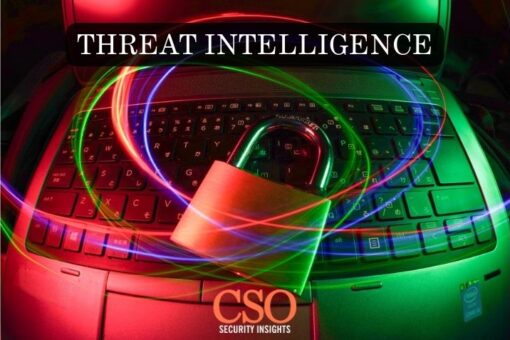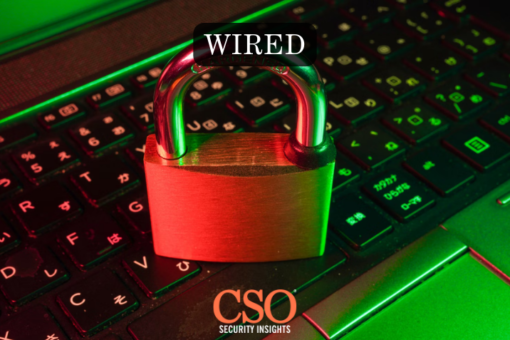In the realm of cybersecurity, the speed of threat detection is directly proportional to the effectiveness of security responses. Quick detection times are essential for minimizing potential damages and are a critical component of a robust cybersecurity strategy. As cyber threats evolve and become more sophisticated, the technologies and strategies employed to detect these threats must adapt accordingly. This article delves into the evolution of detection capabilities from 2021 through 2024, illustrating the pivotal role that rapid detection plays in maintaining cybersecurity defenses.
2021 Detection Capabilities
The year 2021 was a turning point for cybersecurity detection capabilities. With an uptick in ransomware attacks globally, the emphasis was heavily placed on reducing dwell times—the period between the breach and its detection. According to the 2021 M-Trends report, the median global dwell time saw a significant decrease, primarily driven by the necessity to respond swiftly to rampant ransomware threats. Cybersecurity teams leveraged advanced analytics, threat intelligence, and endpoint detection solutions to improve their detection rates. The faster identification of breaches allowed organizations to mitigate the impacts of attacks more effectively, preventing extensive data loss and maintaining operational continuity.
Changes in 2022-2023
Over the next two years, the cybersecurity industry saw substantial improvements in detection technologies. Machine learning algorithms began to play a crucial role, with systems trained to detect anomalies that deviated from normal network behaviors. This period also saw the rise of predictive analytics, which not only helped in identifying ongoing attacks but also in forecasting potential future threats based on pattern recognition. In 2022 and 2023, enhancements in cloud security tools and the integration of artificial intelligence in intrusion detection systems led to even shorter dwell times. Organizations started adopting a more holistic approach, integrating their security solutions across platforms to achieve a unified view, which significantly improved the speed and accuracy of threat detection.
Developments by 2024
By 2024, the cybersecurity landscape had transformed with the integration of AI-driven autonomous systems, which took rapid detection to new heights. These systems were capable of instantaneously analyzing vast amounts of data to identify threats at the moment of inception. Furthermore, the development of advanced neural networks enabled the detection of zero-day exploits, which had become a predominant concern for security professionals. AI technologies in 2024 not only accelerated the detection of complex threats but also enhanced the decision-making process, allowing for real-time responses without human intervention. The introduction of federated learning models also enabled better privacy preservation and data security, critical for compliance in sensitive industries.
Comparative Insights
Comparing the detection capabilities from 2021 to 2024 shows a clear trajectory towards automation and intelligence. The cybersecurity industry’s shift towards AI and machine learning has not only reduced the burden on human analysts but has also led to a dramatic decrease in response times. These advancements have significantly impacted the cybersecurity landscape, shifting the power dynamics between attackers and defenders. As detection methods became faster and more sophisticated, attackers were forced to innovate at a quicker pace, leading to an ongoing arms race in the cyber domain.
The evolution of detection technologies from 2021 to 2024 highlights the critical importance of rapid detection in maintaining effective cybersecurity defenses. As we look to the future, the integration of AI and machine learning is expected to continue at an accelerated rate, further enhancing the ability of cybersecurity systems to preemptively counter threats. The advancements in detection technologies not only exemplify the technological progress in the field but also underscore a broader shift towards proactive cyber defense strategies. Moving forward, the focus will likely be on refining these technologies to adapt to the ever-changing threat landscape, ensuring that security systems remain one step ahead of cyber attackers.








